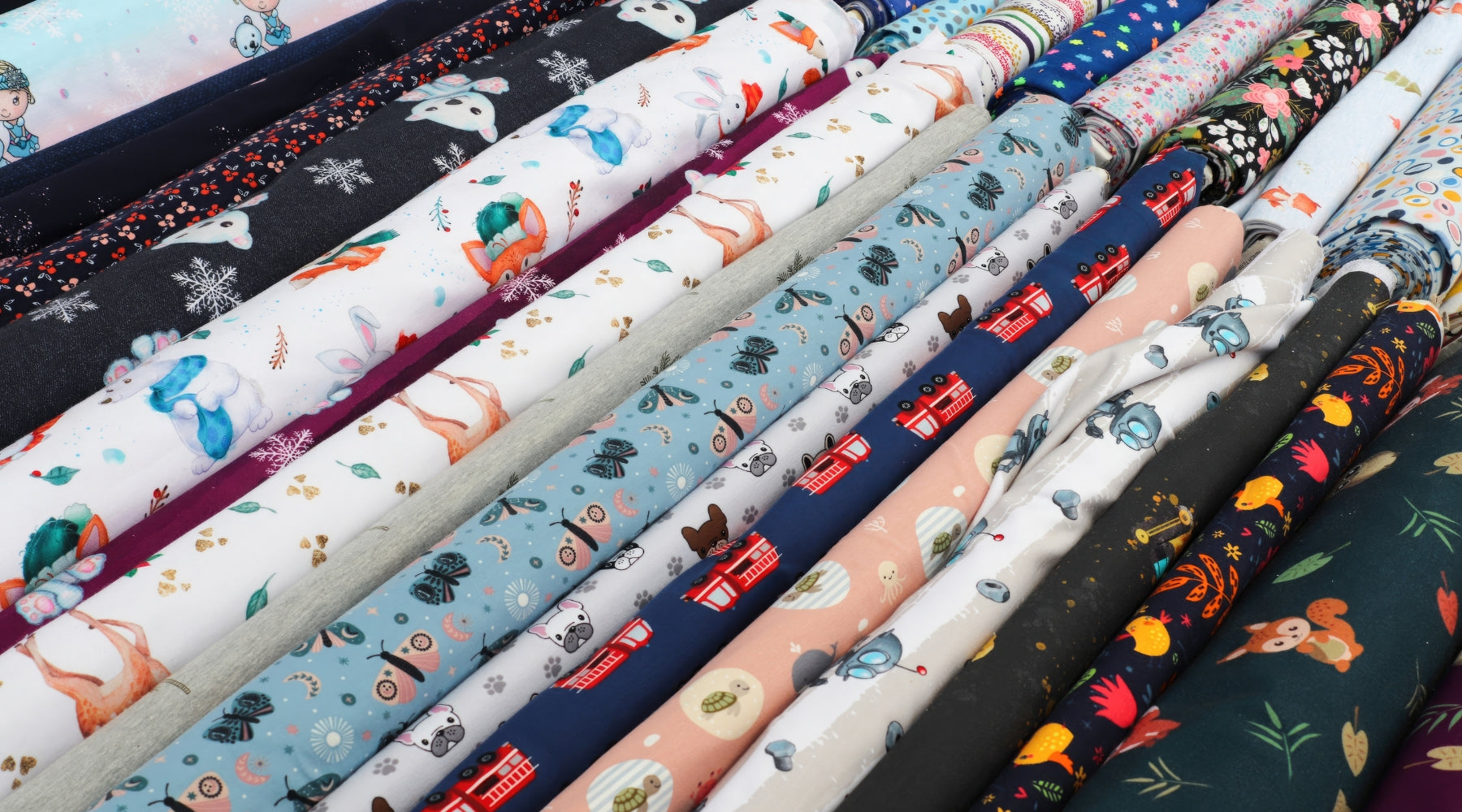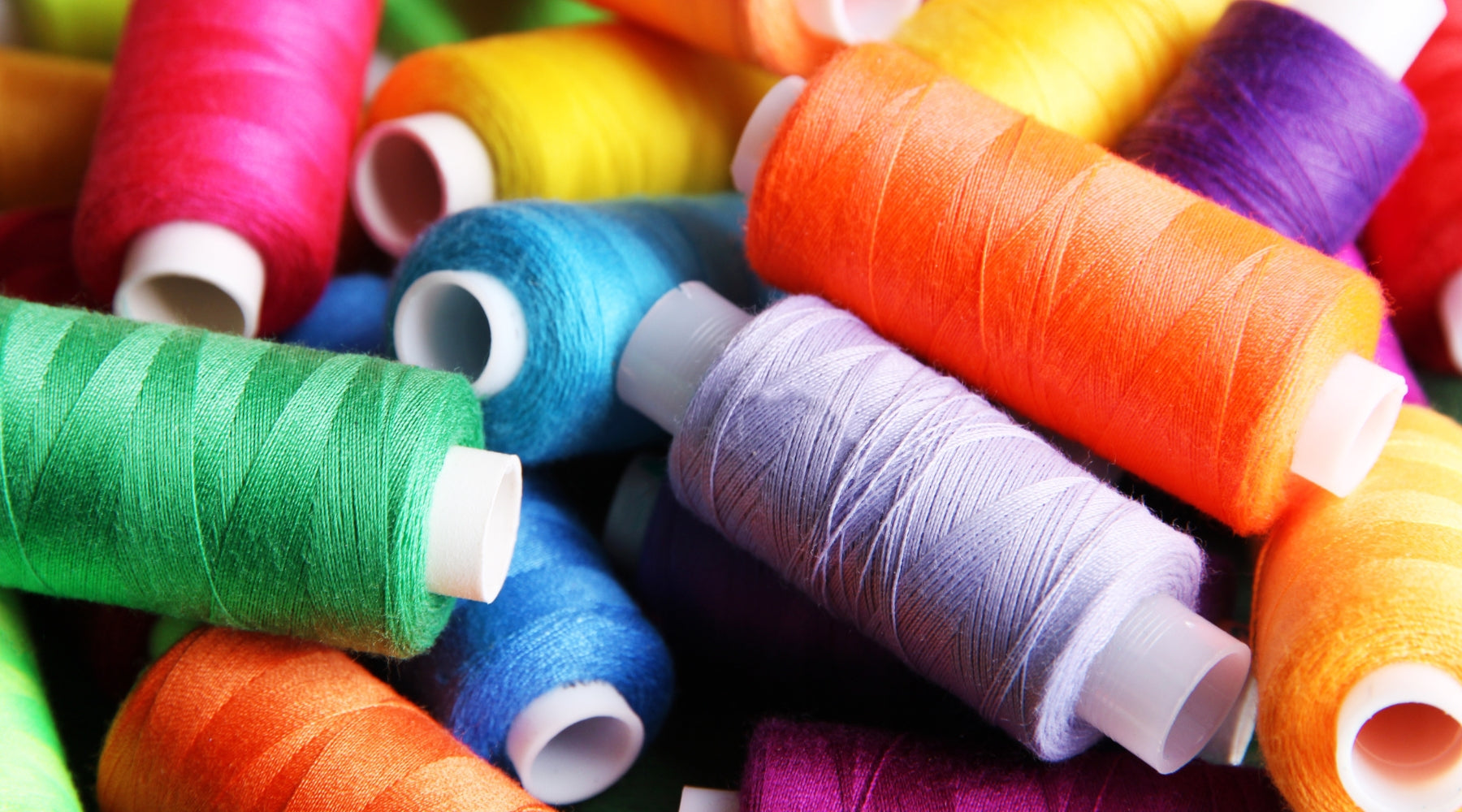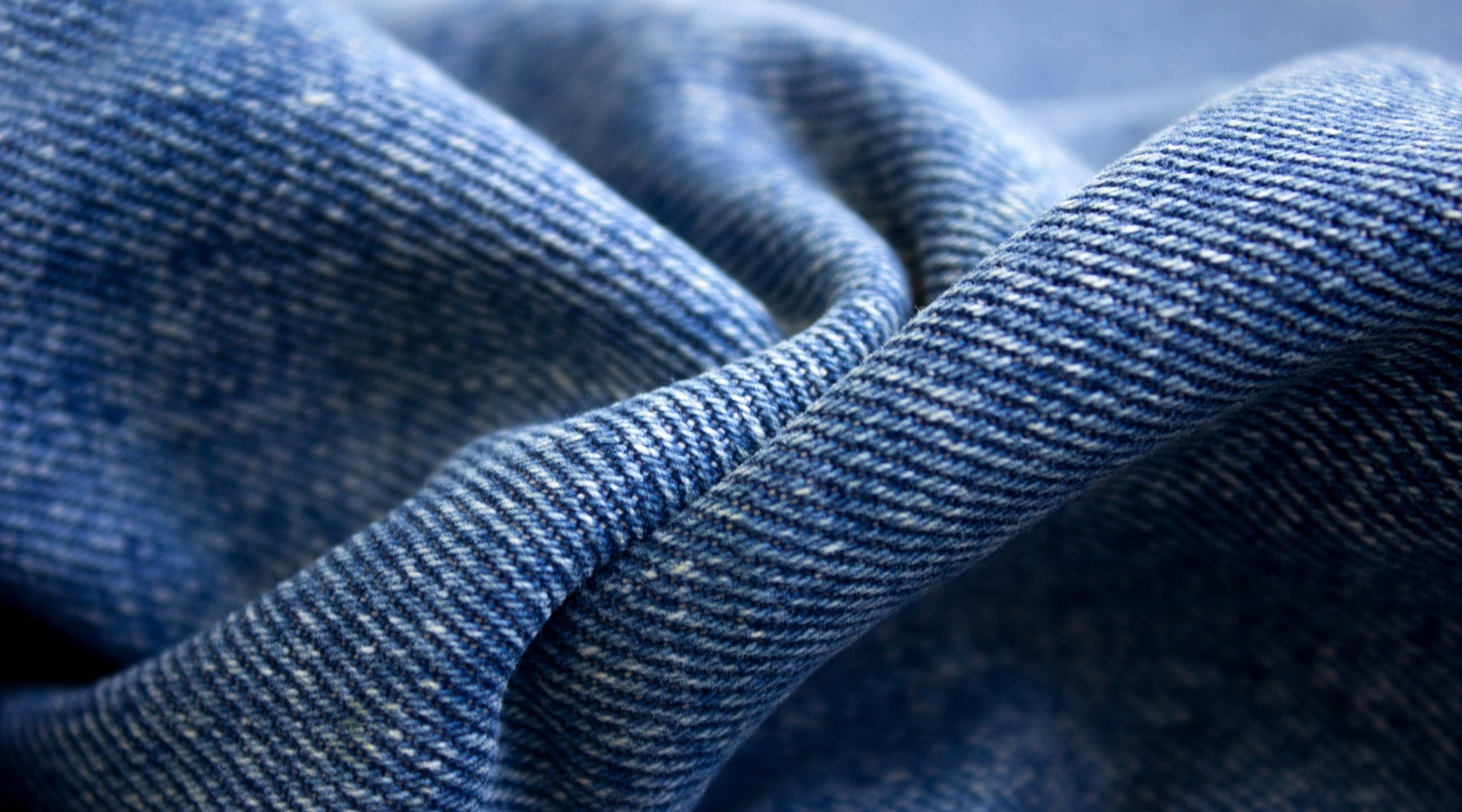
Home sewing: choosing the right fabric
At My Fabric Place, our passion is for all things fabric – from home sewing and dressmaking to Sewing Bees and crafting. This is the first of a series of articles to help you get the very best from your own sewing projects.
Check the Pattern Details
If you’re using a paper pattern, you will find recommendations on the pattern envelope that indicate whether you should look for a woven or knit fabric, and provide suggestions for types of fabric suitable for the style.
You will notice that quantities are given for different widths of fabric. Fabrics usually come in one of two standard widths: 60 inches (150cm) or 45 inches (112.5cm). Make sure to check this; otherwise, you may risk buying either too much or too little.
Dressmaking Fabrics
If you plan to make your own clothes and hope for a professional look to the garments, it is really important that you take great care in selecting the right fabric. You will need to love the fabric to stay motivated and enjoy creating an original, bespoke item of clothing that is the star of your wardrobe.
Colours and Designs
Choosing colours and patterns that suit you will go a long way towards enhancing the pleasure you get from your homemade garments, but many people find this difficult. Many people find it easy to identify colours that they dislike wearing, but struggle to articulate what they really think suits them. Colours of our old school uniform are enough to make many of us steer away, and lots fear that stripes or florals will be unflattering to the figure.
Floral patterns are very appealing, especially now that the sky is filled with birdsong and, at last, we are able to think about meeting friends in the open air. While keeping our distance, we do want to look our summery best. Great big flowers on fabric can be stunning. However, large designs in billowing shapes do give an illusion of size, so look great when worn as oversized tops, fluid skirts or palazzo pants teamed with closer fitting separates in an accent colour.
Ditsy prints, tiny flowers that, like an impressionist painting, give an overall look of harmonious colour, can be used to give a sweetly innocent look that allows the wearer to enjoy a floral design without creating a feeling of bulk. To avoid looking too prim, the look can be paired with distressed jeans and trainers or biker boots to add a modern edge. If you prefer a flower child feel, it can be accentuated by teaming the print with natural calico, linen, or embroidery.
Hands up if you believe that horizontal stripes will make you look fat. The opposite is actually the case, as demonstrated by German scientist Hermann von Helmholtz in the 1920s, who proved that an optical illusion caused a square coloured in with horizontal stripes looked taller and thinner than one with vertical stripes. Perhaps this is why the Breton tops worn by Coco Chanel gained such lasting popularity. Stripes can give a classic, sporty but sophisticated look to an outfit, and lend themselves to great combinations with solid colours or, for a fun and modern look, toning florals.
Choosing colours will depend very much on personal taste, but to help you decide on a colour spectrum, you can try this simple test. Look at the veins on the inside of your wrist. If they appear blue or violet, then you have cool undertones to your skin and will look good in cool colours, such as blues, navy, greys, black & white and silver. If the veins appear green or ochre, your skin has warm undertones, and you will suit warm colours; cream, yellow and gold, taupe, reddish brown and rose gold.
This is art, not science, though, and the most important factor is, of course, how good a colour makes you feel.
Natural Fibres Versus Synthetic
What are the differences, and which are best?
Most home dressmakers are faced with a dilemma when choosing fabric of which fabrics are most suited to a project, bearing in mind issues of handle, drape, comfort, care and cost as well as issues relating to ethical production and pollution.
Natural fibres are produced from animals and plants:
- Cotton comes from the cotton plant
- Wool (of course) comes from the fleece of sheep
- Mohair is from Angora goats
- Alpaca is from the llama-like Alpacas, related also to camels
- Linen comes from the flax plant
- Silk from the cocoons of the larvae of silkworms
- Metallic and asbestos fibres are made from minerals
Natural yarns are spun from the short fibres from these natural sources - keen spinners can even produce natural yarn from the hair of their pet dogs and cats.
Fabrics made from entirely natural fibres have very good absorbency and, depending upon the type, can be very warm and soft, as with most woollen cloths, or crisp and cool as with cottons and linens, and are fully biodegradable.
Synthetic fibres are chemically produced, generally created as continuous filaments which can then be chopped up to be spun in the same way as natural fibres, but more usually remain as these long fibres.
Fabrics made from wholly synthetic fibres can be treated to offer qualities that surpass those of natural fibres, such as waterproofing, flame resistance, shrinkage resistance, stain resistance, and crease resistance. Modern technical fabrics, produced to serve a specific function such as those required for sports, are becoming increasingly popular for general fashion clothing. Examples are:
- Power net, a fray-resistant netting
- Neoprene, a thick, spongy insulating fabric used for wetsuits
- Ripstop, a waterproof and extra-strong cloth suitable for outdoors
- The very popular Scuba fabric, fray – proof and easy to cut and sew (using a ball-point needle)
- Softshell bonded jersey, heavy but pliable, with a modern look
Synthetic fibres do not have the biodegradable properties of natural fibres, but their very durability and non-fraying properties do lend the fabrics to upcycling projects – imagine the comfort of a rag rug made from some of these spongy and stain-resistant fabrics!
Semi-synthetic fibres are made from natural products with some chemical intervention. Generally made from naturally occurring cellulose, these fibres have the properties of natural fibres, and include:
- Rayon (also known as Viscose)and Modal come from wood pulp
- Bamboo viscose comes from bamboo grass
- Seacell is made from seaweed
The first viscose fabric was marketed as ‘artificial silk’, and this group of fabrics remain popular for their softness, absorbency and beautiful drape.
Natural & Synthetic blends offer a combination of properties that can result in economical fabrics particularly suited to children’s wear:
- Polyester/cotton, generally known as poly-cotton. This blend makes garments easy-care and much more crease-resistant than those made from 100% cotton, useful for school clothes that go through the washer a lot. It is suitable for craft projects -bunting, patchwork and non-surgical face masks.
- Cotton/lycra is very popular for trousers and tightly fitting garments. It resists sagging and results in garments that are stretchy and more comfortable.
- Acrylic/wool produces a cloth that is warm and soft and less itchy than many pure wool fabrics.
Threads, Haberdashery and Notions
Once you have chosen the style of garment you want to make and selected your fabric, you still need to choose the additional items required to complete your creation.
If you’re using a paper pattern, the notions (an old term for haberdashery) will be listed on the back of the envelope. It is really important to select these with care, as an otherwise beautiful garment could be spoiled through the use of the wrong weight of zip, mismatched thread, or unsuitable interfacing. Do ask for advice from the sales staff if you’re unsure, as they are experienced in all types of sewing and love to be asked for guidance.
Look out for more articles from My Fabric Place, and Happy Sewing!


